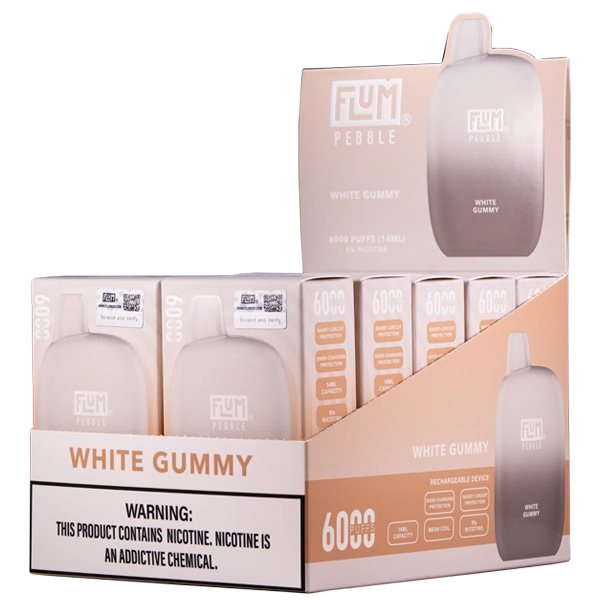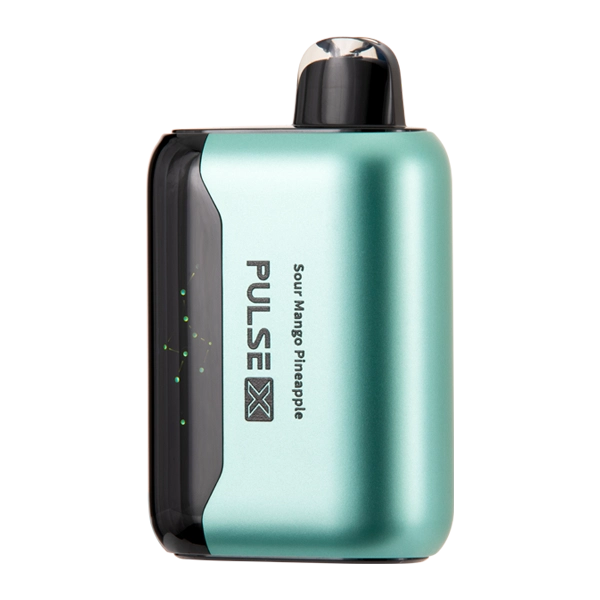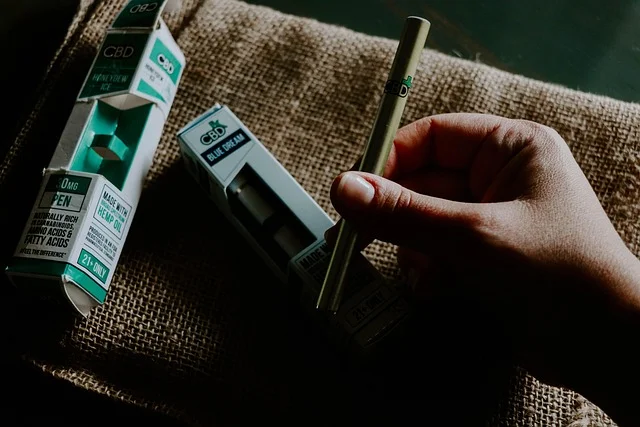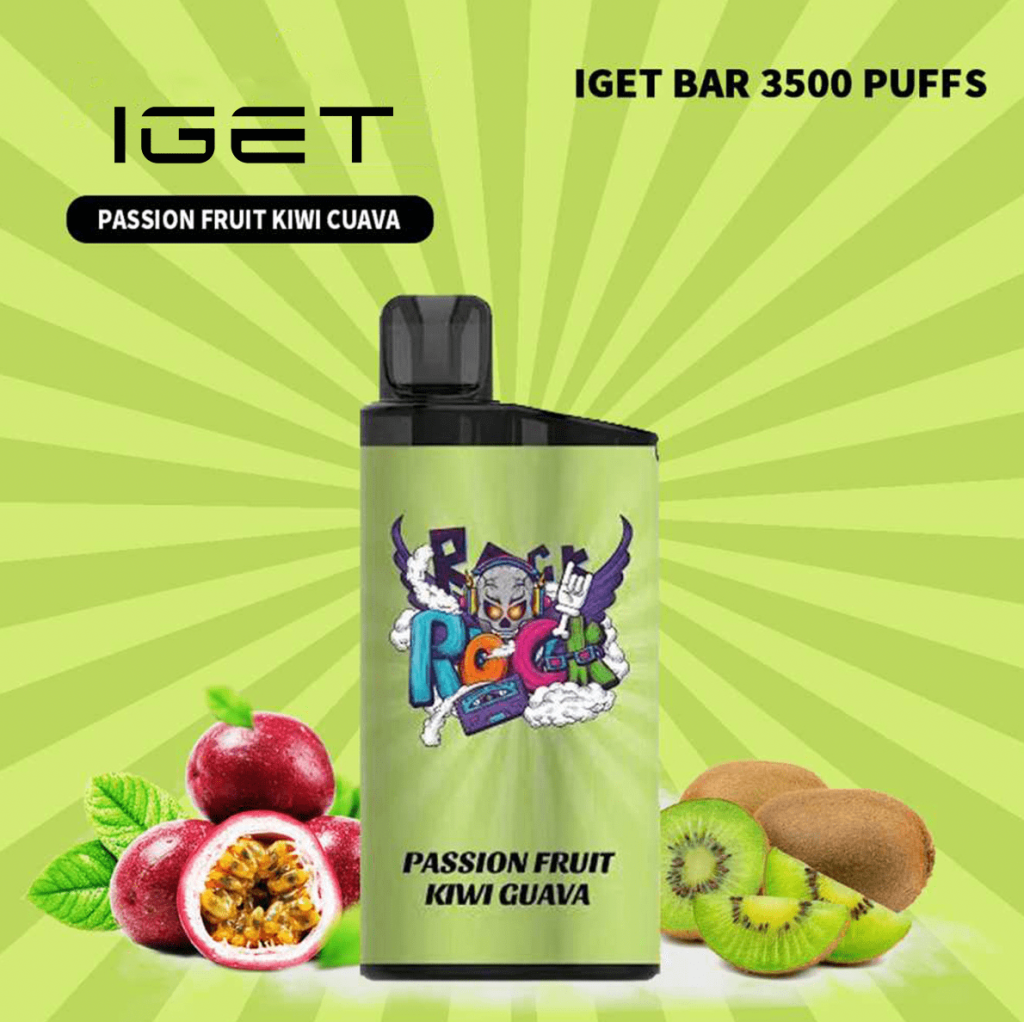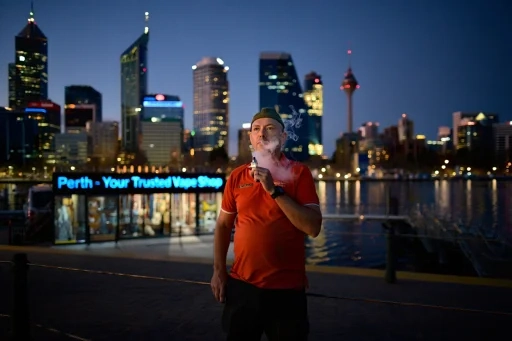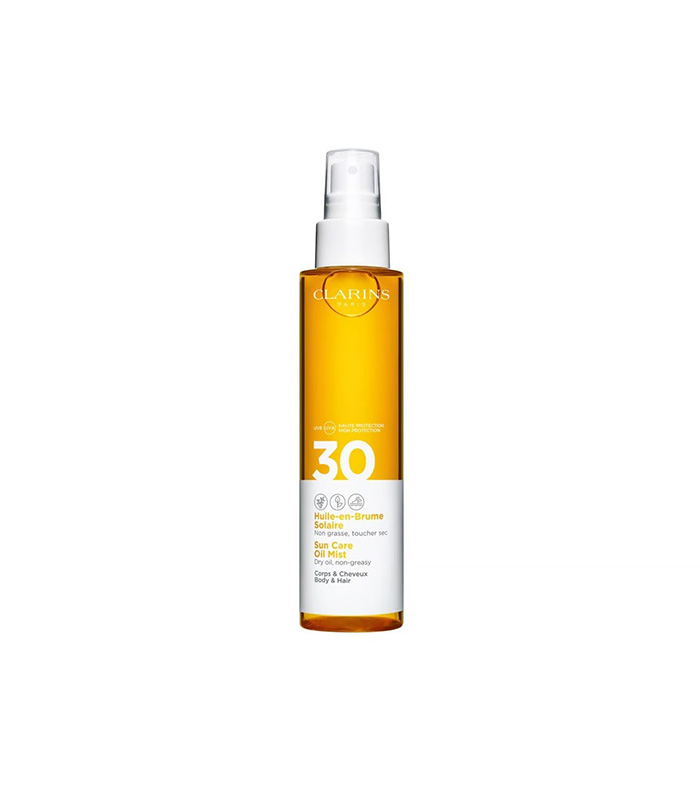Gladstone Tobacconist | Your Guide to Cigars, Vapes & Smoking Accessories

Article Overview
🚀 Key Takeaways
- A Gladstone tobacconist provides access to premium cigars, tobacco, and specialist smoking accessories.
- All nicotine vaping products are available only with a valid prescription from an Australian doctor, in compliance with federal law.
- Staff are knowledgeable on product origins, including a selection of Australian-made goods, and can offer expert advice.
- Purchases are subject to significant excise taxes, which are reflected in the shelf price in AUD.
- Stores operate under strict Queensland retail laws, including point-of-sale display restrictions.
Introduction & Definition
In the Australian retail landscape, a tobacconist serves as a specialised purveyor of tobacco products, smoking accessories, and increasingly, nicotine-free alternatives. Gladstone Tobacconist represents this evolving industry, operating within the strict regulatory framework of Australian law. These establishments are more than mere retail outlets; they are hubs of expertise where customers can find premium products, knowledgeable service, and quality assurance in a market governed by some of the world’s most stringent tobacco control measures.
The modern Australian tobacconist has diversified significantly from traditional offerings. While still providing cigarettes, cigars, and loose-leaf tobacco (all subject to Australia’s distinctive plain packaging laws and heavy excise taxes), these businesses now stock a wide array of alternative products. This includes vaping devices, herbal blends, and an extensive range of smoking accessories from premium lighters to handmade pipes. The shift reflects changing consumer preferences and the industry’s adaptation to Australia’s declining smoking rates, which have been falling consistently due to public health initiatives and legislative changes.
 Gladstone Tobacconist storefront in Melbourne showcasing product displays
Gladstone Tobacconist storefront in Melbourne showcasing product displays
Operating a tobacconist in Australia requires strict adherence to multiple layers of regulation. All staff must be trained in compliance with state-based tobacco retailing laws, which vary between jurisdictions like Victoria, New South Wales, and Queensland. The business must navigate the complex landscape of the Tobacco Plain Packaging Act, which mandates that all tobacco products be sold in standardised drab dark brown packaging with graphic health warnings. Additionally, advertising restrictions mean tobacconists cannot promote tobacco products in ways that might encourage smoking, creating unique marketing challenges that have pushed the industry toward emphasising premium service and product knowledge rather than price-based promotions.
For Australian consumers, the local tobacconist represents a trusted source for genuine products in a market where counterfeit goods occasionally appear. Establishments like Gladstone Tobacconist provide assurance of quality and legality, particularly important given Australia’s high tobacco prices driven by regular excise increases. A pack of 25 cigarettes typically retails between $45-55 AUD, making Australia one of the most expensive countries globally for tobacco products. This pricing environment has created a market where quality and expertise are valued, with consumers seeking premium experiences to justify their expenditure.
Market Comparison & Analysis
The Australian tobacco retail market presents a complex picture of declining traditional tobacco sales alongside growth in alternative nicotine delivery systems and smoke-free products. Nationally, tobacco retailing generates approximately $12 billion AUD annually in sales revenue, though this figure has been decreasing by roughly 3-4% per year as smoking prevalence continues to drop. The market is characterised by extremely high excise duties that account for approximately 65-70% of the retail price of tobacco products, creating a significant price differential between Australia and most other countries.
Geographic pricing variations exist across Australia’s major cities, reflecting different operating costs and competitive environments. In Sydney, tobacco products typically command premium pricing, with a pack of 25 cigarettes averaging $48-55 AUD. Melbourne shows slightly more competitive pricing at $45-52 AUD for equivalent products, while Brisbane and Perth generally sit in the $46-53 AUD range. These differences, while seemingly modest, represent significant competitive factors in a market where consumers are increasingly price-sensitive due to regular excise increases.
 Comparative display of tobacco product pricing across Australian cities
Comparative display of tobacco product pricing across Australian cities
The regulatory environment continues to shape market dynamics substantially. Australia’s plain packaging laws, introduced progressively, have homogenised the visual presentation of tobacco products while simultaneously increasing the importance of tobacconist expertise. Consumers can no longer easily identify preferred brands by packaging alone, creating reliance on knowledgeable retailers who can guide product selection. This has strengthened the position of specialist tobacconists against general retailers like supermarkets and convenience stores, which typically lack specialised product knowledge.
The emerging vaping market presents both challenges and opportunities for Australian tobacconists. While nicotine vaping products require a prescription for legal purchase, the market for nicotine-free alternatives has expanded significantly. Products like the Pineapple Coconut FLONQ Max Pro ZERO have gained popularity as recreational alternatives, typically retailing between $15-25 AUD depending on device complexity and puff capacity. This segment now represents approximately 15-20% of revenue for forward-thinking tobacconists who have diversified their offerings beyond traditional tobacco.
Market competition has intensified as traditional tobacco sales decline. Specialist tobacconists now compete not only with each other but with convenience stores, online retailers, and duty-free outlets. The latter presents particular challenges, with returning travellers allowed to import limited quantities of tobacco products at significantly lower prices. In response, successful tobacconists have emphasised service quality, product knowledge, and diversification into higher-margin accessories and alternative products to maintain profitability in a challenging market environment.
Featured Australian Market Product
The Frozen Watermelon FLUM Mello represents the growing segment of disposable vaping devices popular in the Australian market. Priced competitively at $19.90 AUD, this product combines refreshing iced notes with sweet watermelon flavor, appealing to consumers seeking alternatives to traditional tobacco.
User Experience & Case Studies
Australian tobacco consumers demonstrate distinct patterns shaped by the country’s unique regulatory and pricing environment. Research indicates that Australian smokers are increasingly “connoisseur” oriented, focusing on quality experiences to justify the substantial investment required for tobacco products. This trend benefits specialist tobacconists who can provide premium products and expert guidance, creating experiences that mass retailers cannot match.
Case studies from Melbourne-based consumers illustrate this shift toward quality-focused consumption. James, a 42-year-old professional from Carlton, reports spending approximately $280 AUD monthly on cigars and pipe tobacco. “With prices so high, I’d rather buy less but buy better,” he explains. “My local tobacconist knows my preferences and can recommend new products I’ll genuinely enjoy. That expertise justifies paying slightly more than buying anonymously online.” This sentiment reflects a broader trend where Australian consumers value specialist knowledge increasingly rare in retail environments.
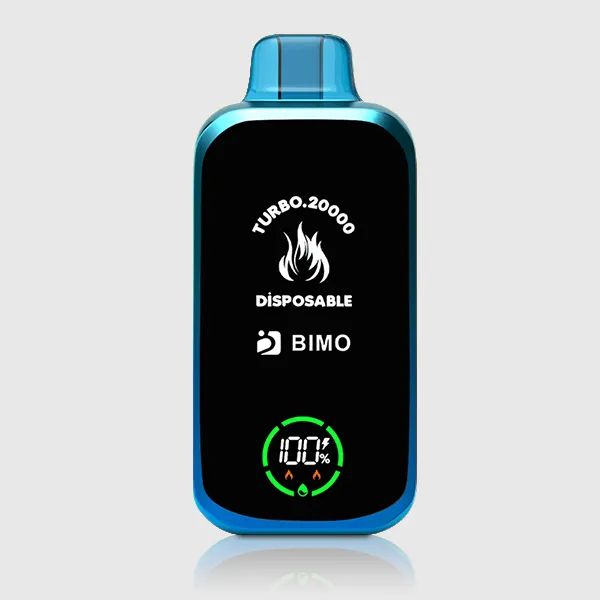 Australian customer consulting with tobacconist specialist in Sydney store
Australian customer consulting with tobacconist specialist in Sydney store
User experiences with alternative products show interesting demographic variations. In Brisbane, 28-year-old graphic designer Sarah represents a growing cohort of young professionals choosing nicotine-free vaping options. “I enjoy the social aspect and flavor experience without nicotine dependency,” she says. “Products like the Pineapple Coconut FLUM Pebble provide that tropical escape during breaks, and at $15.90 AUD, it’s an affordable luxury compared to smoking.” This market segment typically spends $50-100 AUD monthly on disposable devices and related accessories.
Regional differences in user experience are notable across Australia. Perth consumers report less access to specialist tobacconists than their eastern states counterparts, often necessitating travel to central business districts for premium products and expertise. By contrast, Melbourne and Sydney residents enjoy greater access to specialist retailers, with multiple options available in most suburban centers. This geographic disparity influences purchasing patterns, with regional consumers more likely to bulk-buy or seek online alternatives despite legal restrictions on tobacco mail ordering.
User Recommended Product
The Miami Mint FOGER Switch Pro Disposable has gained popularity among Australian users for its refreshing mint flavor and unique power bank system. At $11.90 AUD, it represents an affordable entry point into quality vaping devices for many Australian consumers.
Purchase Guide & Recommendations
Navigating Australia’s tobacco and vaping market requires understanding both legal requirements and product considerations. For traditional tobacco products, consumers should always purchase from licensed retailers like established tobacconists to ensure product authenticity and compliance with Australian standards. Given the significant investment required—typically $45-55 AUD for a pack of 25 cigarettes—buying from reputable sources protects against counterfeit products that occasionally appear in the market.
When selecting disposable vaping devices, Australian consumers should verify nicotine content compliance with local regulations. Nicotine-containing products require a prescription, making nicotine-free options like the FLONQ Max Pro ZERO popular choices for legal recreational use. Price points typically range from $12-25 AUD depending on device quality and puff capacity, with premium brands generally offering more consistent flavor delivery and battery performance.
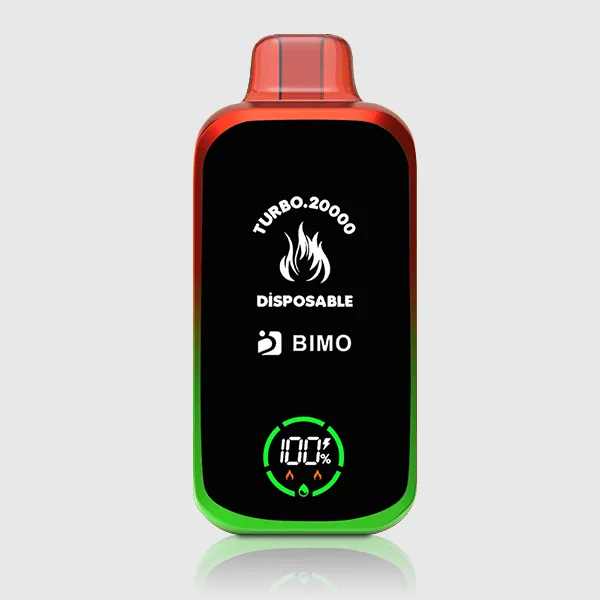 Guide to identifying genuine tobacco products in Australia
Guide to identifying genuine tobacco products in Australia
For Australian consumers seeking value without compromising quality, considering lesser-known brands alongside established names can yield significant savings. Many tobacconists offer house brands or regional specialties that provide comparable quality to international brands at 10-20% lower prices. Additionally, purchasing accessories like lighters, cases, and cleaning equipment alongside tobacco products often qualifies for bundle discounts, particularly at independent tobacconists who value customer loyalty.
Storage considerations are particularly important in Australia’s varied climate. Tobacco products maintain optimal quality when stored in climate-controlled environments between 16-21°C with humidity around 65-72%. Investing in proper storage equipment represents a wise long-term decision given the high cost of tobacco products in Australia. For vaping devices, proper storage away from direct sunlight and extreme temperatures preserves battery life and e-liquid integrity, ensuring consistent performance throughout the device’s lifespan.
Finally, Australian consumers should develop relationships with trusted tobacconists who can provide personalized recommendations based on changing preferences and market availability. The expertise offered by specialist retailers represents significant value in a market where visual branding is restricted and product differentiation occurs primarily through taste and quality rather than packaging. This approach ensures that each purchase delivers maximum satisfaction despite Australia’s premium pricing environment.
❓ Frequently Asked Questions
Due to Australia’s high tobacco excise, premium cigars typically range from $30 to over $100 AUD per cigar, depending on size, brand, and quality. Machine-made cigars start around $15-$25 AUD.
Yes, Australia has some of the world’s strictest tobacco advertising laws. Point-of-sale advertising is extremely limited, and all tobacco products must be sold in plain packaging with graphic health warnings.
In Australia’s varying climates, cigars are best stored in a humidor maintained at 68-72% humidity and 18-21°C. This protects them from Australia’s often dry conditions and temperature fluctuations.
Travellers may bring up to 25 cigarettes or 25 grams of other tobacco products duty-free into Australia. Additional quantities require payment of customs duty and taxes, which can be substantial.
Cuban cigars are known for their rich, complex flavours and are highly sought after. Dominican cigars often offer smoother, milder profiles. Both are available through licensed Australian tobacconists, with Cubans typically commanding higher prices.
Yes, throughout Australia, you must be 18 years or older to purchase tobacco products. Retailers are required by law to verify the age of customers who appear under 25.
- Select your cutter: Use a sharp guillotine cutter for most cigars. Ensure it’s clean and sharp for a clean cut.
- Identify the cap: Locate the cap (the rounded end) of your cigar. This is the end you’ll place in your mouth.
- Make the cut: Position the cutter just above the shoulder of the cigar (where the cap meets the body). Make one swift, confident cut to remove about 2-3mm of the cap.
- Choose your lighter: Use a butane torch lighter or wooden matches. Avoid petrol lighters or candles which can impart unpleasant flavours.
- Toast the foot: Hold the flame about 2cm from the foot (open end) of the cigar. Rotate the cigar slowly to evenly toast the tobacco without touching the flame directly to the wrapper.
- Draw and rotate: Once evenly toasted, bring the cigar to your mouth and draw gently while continuing to rotate it through the flame until evenly lit.
- Check the burn: Ensure the cigar is burning evenly around the entire foot before beginning to smoke.

John Peters
John Peters is a certified tobacconist with over 15 years of experience in the Australian tobacco industry. As a member of the Retail Tobacco Traders of Australia and former manager of premium tobacconists in Melbourne and Sydney, John possesses extensive knowledge of cigar preservation, Australian tobacco regulations, and product sourcing. He regularly contributes to Australian tobacco publications and mentors new tobacconists entering the industry.

